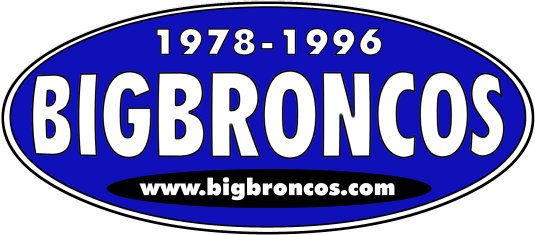Transmission Crossmember Modification
After installing the straight axle, I found that the front driveshaft hit the transmission crossmember. With the TTB suspension, the shaft was always close, but never hit. Now, with the driveshaft attached to the transfer case and the axle at full droop, the shaft rested on the crossmember and missed the differential yoke by about 1 1/2 inches. Even with the vehicle weight on the front tires, the shaft only missed the crossmember by an eighth of an inch or so. Since plans include a wristed radius arm to dramatically increase suspension travel, something needed to be done that not only allowed the shaft to clear the crossmember now, but also allowed for significantly more axle droop in the future.
After pondering the situation for a couple days, and not really liking some of the stuff I'd found on the internet, I sat down with my CAD package and worked out what you see in the following pictures. The concept is not too difficult. The original crossmember rested most of it's weigh on the lower frame rail edges and used uprights tied to the upper frame rail edge to stiffen it. I moved the main load bearing element to the top frame rail edge and triangulated it to the lower edge. In essence, I built a little bridge over the driveshaft. I still need to gusset the lower crossmember stiffener, it's a little weak where it bolts to the frame, but overall the project came out great.
In these two pictures you can almost see the problem. The flange on the transfer case is about eight inches behind the leading edge of the crossmember. At stock ride height, the actual motion of the differential housing in the TTB was so limited, and the driveshaft clearance great enough, that interference was not an issue. Even with six inches of lift, there was still plenty of clearance. With the straight axle, the differential housing moves much greater distances. Hence, the driveshaft binds on the crossmember.
This is a good reference shot of the stock crossmember. You can clearly see how it mounts to the frame and how the transmission mounts to the crossmember.
Here are the new pieces for the crossmember modification. It took quite a bit of fitting and cutting to get all the angles right. Nothing is square in this section of frame. In the picture on the right, you can see how I cut the stock crossmember and added on the L-shaped riser to attach to the upper frame rail edge. The S-shaped piece triangulates and strengthens the crossmember by transferring force to the lower frame rail edge. The frame attachments use the stock bolt holes. A row of 7/16 bolts attach the two new sections together above the driveshaft. The material is 3/16 steel plate. The original width was 6", but it was cut down to fit available space and align with existing parts.
This is one of the trial fittings to verify everything aligned. The transmission shifted about 1/2 inch to the right before this fitting and brought the driveshaft very close to the new steel. The bends on the steel edges are the result of some gentle persuasion (with a five pound hammer) to change some angles. The large bent-rod looking thing in the foreground is actually the four-wheel drive indicator wire and sheath. It now resides above the crossmember.
The final installation. If you look closely, you can see all the added gusseting on the main crossmember and the notches added to the other parts to clear the gusseting. You can also see where gussetting needs to be added to the S-shaped piece. Luckily, the S-shaped piece comes out readily so the additional work will be relatively painless. It's a major pain to remove the whole crossmember. My welding is improving a bit, but I think I need to move from flux core to solid core wire and buy a bottle of gas for the MIG. A friend and I did some experiments with and without gas. Gas welding produces much better results.
This was a real fun project. Even taking a lot of time to make sure everything lined up and rethinking my engineering, the whole thing took about eight hours.










